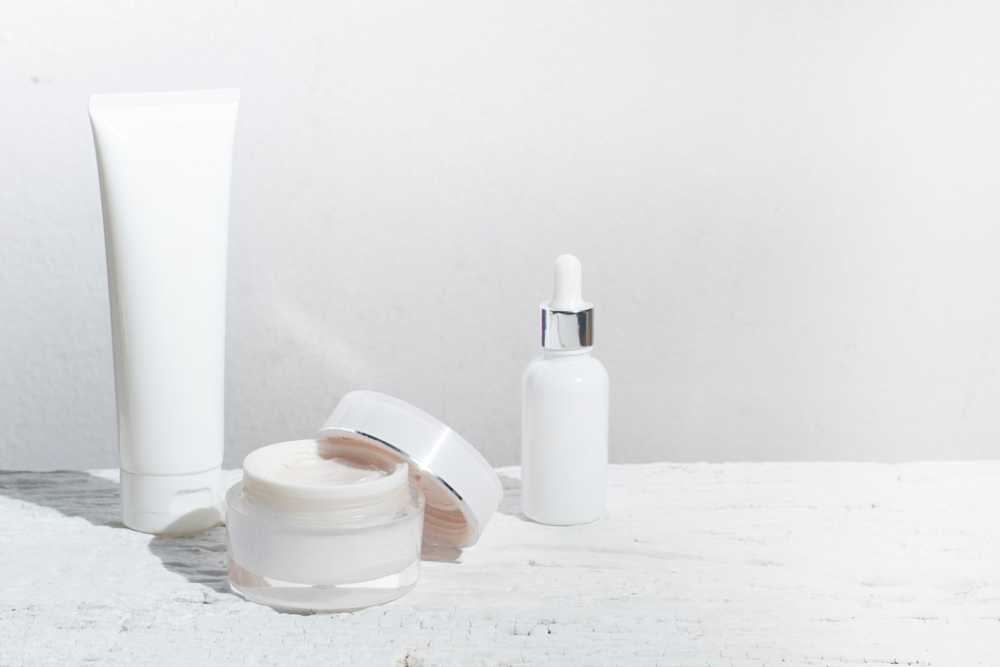The EU Cosmetic Products Regulation requires companies to provide information about cosmetic packaging as part of the product safety report. The report must include information on the relevant characteristics of the packaging material, including purity, stability, and traces of prohibited substances.1
The Regulation does not, however, specify concrete criteria for assessing purity or stability, which means that companies will need to use additional safety references as the basis for compliance testing. This article provides an overview of the regulations and industry guidelines most commonly applied to cosmetic packaging safety assessments.
Food contact material (FCM) regulations
The most straightforward way to demonstrate that cosmetic packaging is safe is to show it fulfills the criteria for food safety. As food-grade materials have very high safety standards and food products have comparable properties to cosmetics, a material that passes migration tests similar to those for FCMs is generally considered safe in cosmetic packaging.
In the case of plastic materials, the testing plan is formulated using Commission Regulation (EU) No 10/2011 as the primary safety reference. Specific migration tests are conducted for substances listed in Annex I of the regulation, with the appropriate tests chosen based on the composition of the material and the types of cosmetics it comes into contact with. Overall migration is also assessed to determine the overall stability of the packaging material.
For materials other than plastic, such as metal, glass, paper, and board, migration and content limits are specified in national regulations and industry guidelines.
REACH and waste regulations
Finished cosmetic packaging, its components, and raw materials must comply with EU legislation on chemicals and packaging waste. Compliance with the REACH Regulation (on Registration, Evaluation, Authorization, and Restriction of Chemicals) can be demonstrated by showing that the material does not contain substances of very high concern (SVHC) in concentrations at or above 0.1% w/w.
To show that cosmetics packaging complies with the Packaging Waste Directive 94/61/EC, it should be demonstrated that heavy metal content (sum of lead, cadmium, mercury, and hexavalent chromium) does not exceed 100 ppm. This limit will remain in place once the Packaging and Packaging Waste Regulation (PPWR) replaces the current directive.2
Substances of concern under EU cosmetics legislation
The risk assessment for cosmetic packaging should also cover substances of concern listed in Annexes II and III of the Cosmetic Products Regulation, as well as substances classified as carcinogenic, mutagenic, or reprotoxic (CMR) by the CLP Regulation 1272/2008. As there are more than 4,000 such substances, the assessment should focus on ones that can be reasonably expected to be present in packaging materials.3
Recycled plastic in cosmetic packaging
Consumer demand for increased sustainability and new regulations like the PPWR are increasing the use of recycled materials in cosmetic packaging. However, recycled materials introduce additional safety concerns. Most recycled plastic, apart from rPET, does not fulfill the criteria for food contact materials, so other ways are needed to assess safety in cosmetics packaging.
The industry group Cosmetics, Packaging, and Toxicology (CosPaTox) has developed voluntary guidelines for the safety assessment of recycled plastics to enable the use of post-consumer HDPE, LDPE, and PP in packaging materials. To ensure sufficient purity and stability, the guide recommends extensive non-intentionally added substances (NIAS) screening, as well as targeted analyses (either as content in the sample or as migration) on the following contaminants:
Elements, including heavy metals
Carcinogenic primary aromatic amines (PAA)
Bisphenols: Bisphenol-A, Bisphenol-F, Bisphenol-S, Bisphenol-B, Bisphenol-AF
Measurlabs can help companies confirm that their cosmetics packaging complies with European regulations. We provide all the tests described in this article, as well as guidance for choosing the most appropriate methods and test conditions. If you want to learn more about how we can help you, do not hesitate to contact our experts through the form below.
References:
1 Annex I. A. 4. Regulation (EC) No 1223/2009
2 See section 18 of the provisional agreement on packaging and packaging waste, amending Regulation (EU) 2019/1020 and Directive (EU) 2019/904, and repealing Directive 94/62/EC.
3 See Chapter C in Cosmetics Europe Advisory Document: Information exchange on cosmetic packaging materials along the value chain in the context of the EU Cosmetics Regulation EC 1223/2009.
4 CosPaTox Voluntary Industry Guideline: Safety assessment of recycled plastics in packaging materials for cosmetic products and home care products

